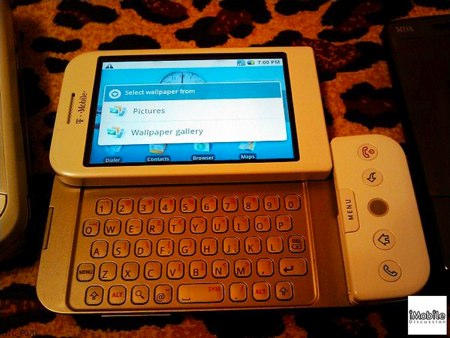[vimeo 2310654]
Like everybody, we sometimes get a little frustrated with our cellphones. Probably one of the most annoying things is when we drop our phones once and they stop working. At Nokia’s hardware damage labs in San Diego, they physically test their phones for extreme uses. They test things like flip tension, water resistance, and even UV resistance. Recently, the folks over at MobileCrunch were given a tour of these labs and were nice enough to post an in-depth article about what they saw. In addition to the impact testing video above, there are many more videos posted that demonstrate the tests they perform.














